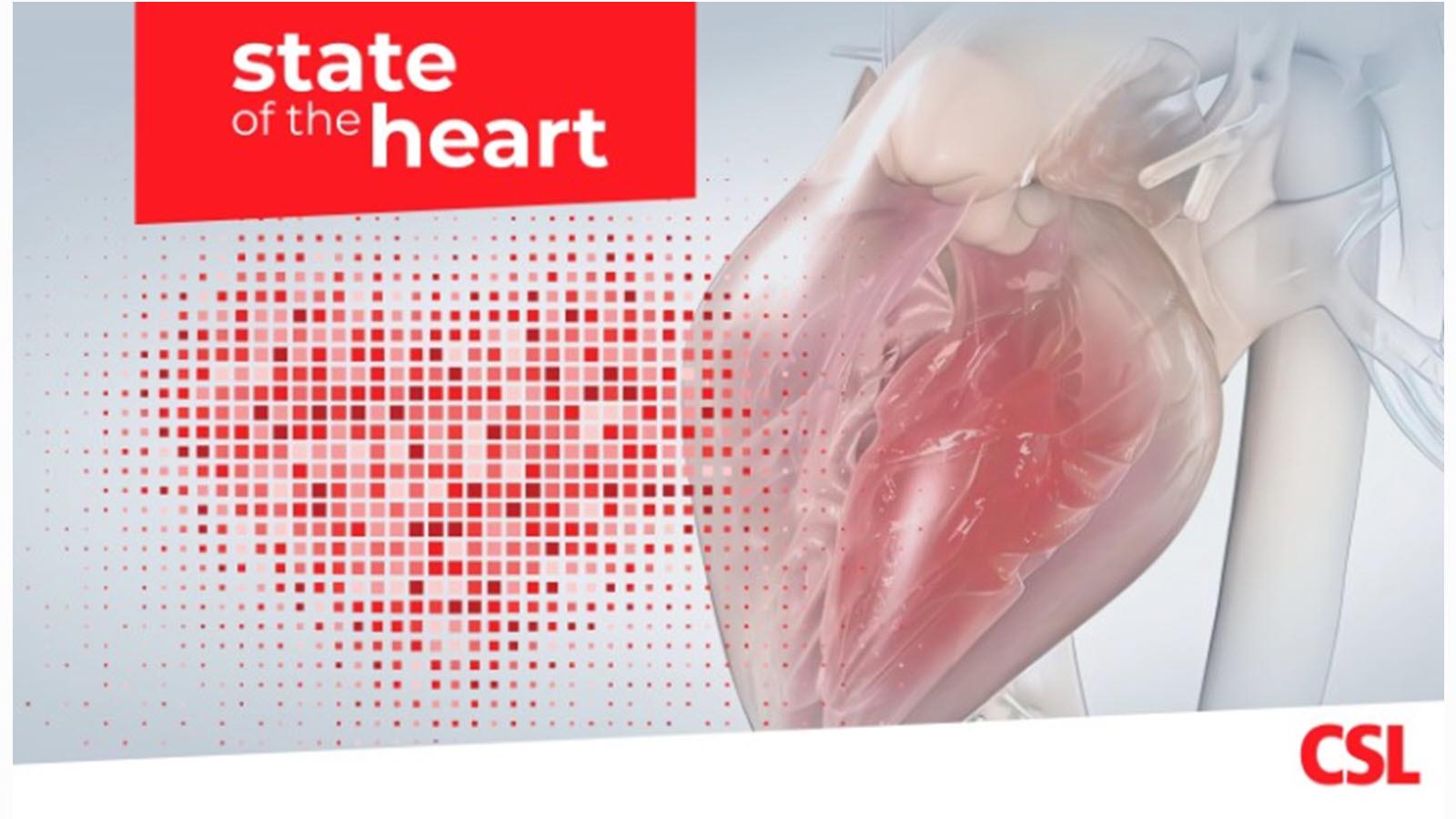On the occasion of an important milestone, I sat down recently with Dr. Sam Wright, my friend and peer for over a decade. We recounted our journey to bring a new approach through uncharted territory to combat the leading cause of death worldwide.
In this epic story, HDL (high-density lipoprotein particles) is a complex character whose heroics have long been misunderstood. Findings from the Framingham Heart Study – an ongoing endeavor for three quarters of a century – linked high levels of HDL cholesterol with a lower risk of heart attacks. Medicines aimed at raising HDL cholesterol levels became the focus of research, but clinical trials disappointed and patient outcomes remained poor; many heart attack survivors were struck again within the first 90 days of their initial heart attack.
The saga took a new turn with the understanding that HDL cholesterol level in itself was not useful in combating disease. Rather, it may be the ability of HDL to transport cholesterol out of plaque (cholesterol efflux capacity) mediated by apolipoprotein A‐I (ApoA-I) that is important, and new assays made it possible to measure this function of HDL. Equally important was the understanding that the stress of a heart attack acts to further slow cholesterol efflux and enhance inflammation.
For the heart attack patient, this occurs at the worst possible time, making vulnerable plaque even more unstable and offering a potential explanation for the very high rate of recurrent cardiovascular events. These discoveries further encouraged the field to think beyond medicines that prevent cholesterol deposition in arteries to agents like apoA-I that might jump start the process of removing it.
As the chapters of cholesterol efflux unfolded, we realized that CSL was uniquely capable of manufacturing the large quantities of ApoA-I that may be needed to treat patients effectively. Of course, progressing from a theory of infusing patients with ApoA‑I into a usable medicine was another parallel hurdle, and the years that followed entailed courageous efforts to optimize a formulation of human ApoA-I (CSL112) and to ensure safety in large clinical trials. We did this with a multinational team with blended work cultures, juggled time zones and lots of late nights.
More than a decade later, we’ve come further than many thought possible. Through collaboration, boldness and focusing on a common goal for patients, we’ve amassed a growing volume of data informing us about ApoA-I’s safety profile and its novel mechanism of action.
A recent review publication summarizes data collected over more than 20 years to explain the mechanism of action of CSL112 to increase cholesterol efflux. This is being explored for the potential of reducing the rate of early recurrent major adverse cardiovascular events (MACE) in highly vulnerable patients who have recently experienced a heart attack and are susceptible to a second event. The AEGIS-II study is the first clinical trial to test this theory and assess the efficacy of CSL112 in heart attack survivors in the ongoing Phase 3 study.
If AEGIS-II succeeds, it could be a page-turning chapter in the chronicle of HDL and transformational for the cardiovascular research teams at CSL. The ultimate climax in this story could be more lives saved and fewer fears of recurrent heart attack looming on the horizon for the patient. But the journey won’t stop there. For most cardiologists, boosting cholesterol efflux instead of HDL-cholesterol concentration will require an entirely new way of thinking – as do all great stories.



